Chrysler 2013 Annual Report Download - page 146
Download and view the complete annual report
Please find page 146 of the 2013 Chrysler annual report below. You can navigate through the pages in the report by either clicking on the pages listed below, or by using the keyword search tool below to find specific information within the annual report.-
 1
1 -
 2
2 -
 3
3 -
 4
4 -
 5
5 -
 6
6 -
 7
7 -
 8
8 -
 9
9 -
 10
10 -
 11
11 -
 12
12 -
 13
13 -
 14
14 -
 15
15 -
 16
16 -
 17
17 -
 18
18 -
 19
19 -
 20
20 -
 21
21 -
 22
22 -
 23
23 -
 24
24 -
 25
25 -
 26
26 -
 27
27 -
 28
28 -
 29
29 -
 30
30 -
 31
31 -
 32
32 -
 33
33 -
 34
34 -
 35
35 -
 36
36 -
 37
37 -
 38
38 -
 39
39 -
 40
40 -
 41
41 -
 42
42 -
 43
43 -
 44
44 -
 45
45 -
 46
46 -
 47
47 -
 48
48 -
 49
49 -
 50
50 -
 51
51 -
 52
52 -
 53
53 -
 54
54 -
 55
55 -
 56
56 -
 57
57 -
 58
58 -
 59
59 -
 60
60 -
 61
61 -
 62
62 -
 63
63 -
 64
64 -
 65
65 -
 66
66 -
 67
67 -
 68
68 -
 69
69 -
 70
70 -
 71
71 -
 72
72 -
 73
73 -
 74
74 -
 75
75 -
 76
76 -
 77
77 -
 78
78 -
 79
79 -
 80
80 -
 81
81 -
 82
82 -
 83
83 -
 84
84 -
 85
85 -
 86
86 -
 87
87 -
 88
88 -
 89
89 -
 90
90 -
 91
91 -
 92
92 -
 93
93 -
 94
94 -
 95
95 -
 96
96 -
 97
97 -
 98
98 -
 99
99 -
 100
100 -
 101
101 -
 102
102 -
 103
103 -
 104
104 -
 105
105 -
 106
106 -
 107
107 -
 108
108 -
 109
109 -
 110
110 -
 111
111 -
 112
112 -
 113
113 -
 114
114 -
 115
115 -
 116
116 -
 117
117 -
 118
118 -
 119
119 -
 120
120 -
 121
121 -
 122
122 -
 123
123 -
 124
124 -
 125
125 -
 126
126 -
 127
127 -
 128
128 -
 129
129 -
 130
130 -
 131
131 -
 132
132 -
 133
133 -
 134
134 -
 135
135 -
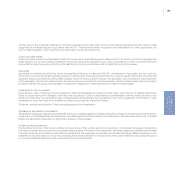 136
136 -
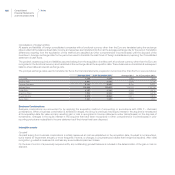 137
137 -
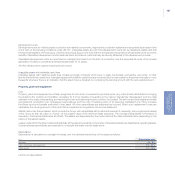 138
138 -
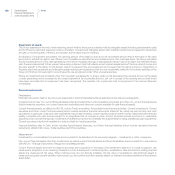 139
139 -
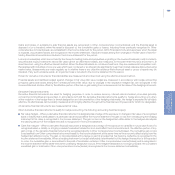 140
140 -
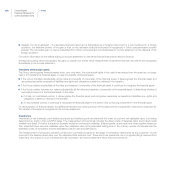 141
141 -
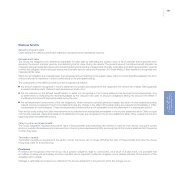 142
142 -
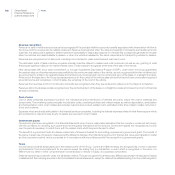 143
143 -
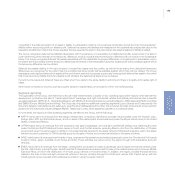 144
144 -
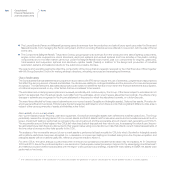 145
145 -
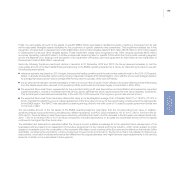 146
146 -
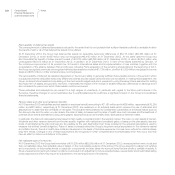 147
147 -
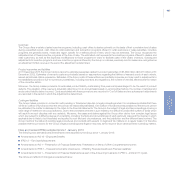 148
148 -
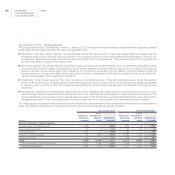 149
149 -
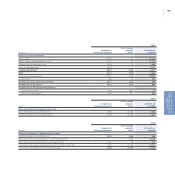 150
150 -
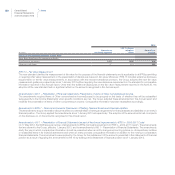 151
151 -
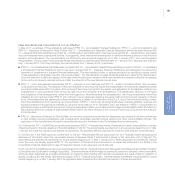 152
152 -
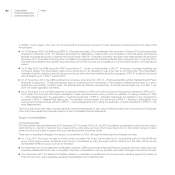 153
153 -
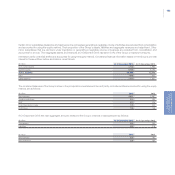 154
154 -
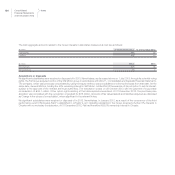 155
155 -
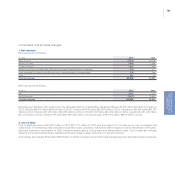 156
156 -
 157
157 -
 158
158 -
 159
159 -
 160
160 -
 161
161 -
 162
162 -
 163
163 -
 164
164 -
 165
165 -
 166
166 -
 167
167 -
 168
168 -
 169
169 -
 170
170 -
 171
171 -
 172
172 -
 173
173 -
 174
174 -
 175
175 -
 176
176 -
 177
177 -
 178
178 -
 179
179 -
 180
180 -
 181
181 -
 182
182 -
 183
183 -
 184
184 -
 185
185 -
 186
186 -
 187
187 -
 188
188 -
 189
189 -
 190
190 -
 191
191 -
 192
192 -
 193
193 -
 194
194 -
 195
195 -
 196
196 -
 197
197 -
 198
198 -
 199
199 -
 200
200 -
 201
201 -
 202
202 -
 203
203 -
 204
204 -
 205
205 -
 206
206 -
 207
207 -
 208
208 -
 209
209 -
 210
210 -
 211
211 -
 212
212 -
 213
213 -
 214
214 -
 215
215 -
 216
216 -
 217
217 -
 218
218 -
 219
219 -
 220
220 -
 221
221 -
 222
222 -
 223
223 -
 224
224 -
 225
225 -
 226
226 -
 227
227 -
 228
228 -
 229
229 -
 230
230 -
 231
231 -
 232
232 -
 233
233 -
 234
234 -
 235
235 -
 236
236 -
 237
237 -
 238
238 -
 239
239 -
 240
240 -
 241
241 -
 242
242 -
 243
243 -
 244
244 -
 245
245 -
 246
246 -
 247
247 -
 248
248 -
 249
249 -
 250
250 -
 251
251 -
 252
252 -
 253
253 -
 254
254 -
 255
255 -
 256
256 -
 257
257 -
 258
258 -
 259
259 -
 260
260 -
 261
261 -
 262
262 -
 263
263 -
 264
264 -
 265
265 -
 266
266 -
 267
267 -
 268
268 -
 269
269 -
 270
270 -
 271
271 -
 272
272 -
 273
273 -
 274
274 -
 275
275 -
 276
276 -
 277
277 -
 278
278 -
 279
279 -
 280
280 -
 281
281 -
 282
282 -
 283
283 -
 284
284 -
 285
285 -
 286
286 -
 287
287 -
 288
288 -
 289
289 -
 290
290 -
 291
291 -
 292
292 -
 293
293 -
 294
294 -
 295
295 -
 296
296 -
 297
297 -
 298
298 -
 299
299 -
 300
300 -
 301
301 -
 302
302 -
 303
303 -
 304
304 -
 305
305 -
 306
306 -
 307
307 -
 308
308 -
 309
309 -
 310
310 -
 311
311 -
 312
312 -
 313
313 -
 314
314 -
 315
315 -
 316
316 -
 317
317 -
 318
318 -
 319
319 -
 320
320 -
 321
321 -
 322
322 -
 323
323 -
 324
324 -
 325
325 -
 326
326 -
 327
327 -
 328
328 -
 329
329 -
 330
330 -
 331
331 -
 332
332 -
 333
333 -
 334
334 -
 335
335 -
 336
336 -
 337
337 -
 338
338 -
 339
339 -
 340
340 -
 341
341 -
 342
342 -
 343
343 -
 344
344 -
 345
345 -
 346
346 -
 347
347 -
 348
348 -
 349
349 -
 350
350 -
 351
351 -
 352
352 -
 353
353 -
 354
354 -
 355
355 -
 356
356 -
 357
357 -
 358
358 -
 359
359 -
 360
360 -
 361
361 -
 362
362 -
 363
363 -
 364
364 -
 365
365 -
 366
366
 |
 |

145
Consolidated
Financial Statements
at 31 December 2013
Firstly, the recoverable amounts of the assets of specific EMEA CGUs were tested, identified as plants, machinery and equipment as well
as the associated intangible assets dedicated to the production of specific platforms and powertrains. This impairment analysis led to the
recognition of impairment on Development costs of €66 million and on Other tangible assets of €37 million (€108 million in 2012 mainly related
to Development costs and Other tangible assets). These impairment losses were recognized under Other unusual expenses (€93 million)
and under Operating costs (€10 million). A similar process was carried out also for specific CGUs within the Components operating segment
and for the Maserati CGU, leading to the recognition of an impairment of Property, plant and equipment for €30 million and an impairment of
Development costs of €65 million, respectively.
Secondly, following the above mentioned decline in demand, at 31 December 2012 and 2013, the Group deemed necessary to test the
recoverable amount of the Net Capital Employed pertaining to the EMEA operating segment as a whole, by determining its value in use with
the following assumptions:
reference scenario was based on 2014 budget, the expected trading conditions and the automotive market trends for the 2015-2019 period,
based on analysis and studies carried out by primary independent analysts (IHS-Global Insight), in line with the announced strategic decision
to leverage historical premium brand heritage (Alfa Romeo) and the success of the new 500 family;
the six year period has been deemed necessary to take into account the full cycle of new vehicles introduced reflecting the benefits arising
from the capital expenditure devoted to the product portfolio enrichment and renewal, largely concentrated in 2015-2016;
the expected future cash flows, represented by the projected trading profit plus depreciation and amortization and reduced by expected
capital expenditure, include a normalized terminal period used to estimate the future results beyond the time period explicitly considered.
This terminal period was assumed substantially in line with 2017-2019 amounts. The long-term growth rate was set at zero;
the expected future cash flows have been discounted using a pre-tax Weighted Average Cost of Capital (“WACC”) of 12.20% (13.14% in
2012). This WACC reflects the current market assessment of the time value of money for the period being considered and the risks specific
to the EMEA region. The WACC was calculated by referring among others to the yield curve of 10 years European government bonds and
to Fiat cost of debt.
The recoverable amount of the net assets of the EMEA operating segment was higher than the corresponding book value. In addition,
sensitivity analysis were performed by simulating two different scenarios: a) WACC was increased by 1% for 2017, 2% for 2018 and 3% for
2019 and for Terminal Value; b) cash-flows were reduced by estimating the impact of a 5% decrease in the European car market demand for
2015, 7.5% for 2016 and 10% for 2017-2019 as compared to the base assumptions. In all cases the recoverable amount of the net assets
continued to be higher than their book value.
The estimates and assumptions described reflect the Group’s current available knowledge as to the expected future development of the
businesses and are based on an assessment of the future development of the markets and the car industry, which remain subject to a high
degree of uncertainty due to the continuation of the economic difficulties in most countries of the Eurozone and its effects on the industry. More
specifically, considering the uncertainty, a future worsening in the economic environment in the Eurozone that is not reflected in these Group
assumptions, could result in actual performance that differs from the original estimates, and might therefore require adjustments to the carrying
amounts of certain non-current assets in future periods.
